
Dr. Robyn and I are often stopped on hiking and running trails by fellow outdoor enthusiasts who notice our unique footwear choices. With puzzled looks on their faces, they ask us how we avoid spraining our ankles in such minimalist footwear on such uneven terrain. The truth is, minimalist shoe wearers are at a distinct advantage when it comes to avoiding dreaded—and often temporarily debilitating—ankle sprains. But not all minimalist shoes are created equal, and so it's important that we briefly mention the design features that help constitute a truly foot-healthy minimalist shoe. These features include the following:
-
A toe box that allows sufficient room for your toes to splay (i.e., no toe box taper)
-
A completely flat support platform from heel to toe (i.e., no heel elevation or toe spring)
- An overall lightweight design (i.e., no bulky materials to burden your foot and lower body)
-
A flexible sole that can be easily bent or twisted in multiple directions (i.e., no rigid soles)
- A low total stack height (i.e., minimal, yet still sufficient, material between your foot and the ground)
So, foot-healthy (and healthy-foot-shaped!) minimalist shoes help prevent ankle sprains in several distinct ways:
- They lower your foot’s center of gravity
- They allow you to position your toes in such a way as to prevent ankle rolling
- They encourage a strengthening of the structures crossing and supporting your ankle joint
- They improve tactile sensation, which allows you to adjust your foot position more quickly and deftly
Let's take a closer look at each of these important points.
1. A Lower Center of Gravity

Unlike conventional hiking boots that have extremely built-up soles and elevated heels, minimalist shoes possess almost no variation in sole height from heel to toe as well as a relatively thin sole. Because your foot is closer to the ground, it’s less likely to roll. In physics terms, the moment arm in minimalist shoes is extremely small or almost nonexistent, which is not true of conventional shoes, including most running shoes and hiking boots. A moment arm is the perpendicular distance from the point of rotation to the line of action of a force, and the moment is the tendency of the force to cause rotation (i.e., ankle rolling) about an imaginary axis through a point. A lower center of gravity in your foot (enabled by minimalist shoes) can therefore help reduce your chances of rolling your ankle.
2. Proper Toe Position

Most conventional shoes and hiking boots possess tapering toe boxes that force your toes into a wedge position, causing toe deformities and misalignment and other problems over time. This toe wedging is a true problem, as it strips your foot of its inherent ability to protect you from ankle rolls. When your toes are positioned or aligned the way nature intended, and when your foot is allowed to sit on a level plane, you create a stable base of support—a tripod, essentially—that naturally resists ankle rolling.

For optimal foot and ankle support, and to help prevent inversion sprains at the ankle, your toes (especially your little toe) should be in line with their corresponding metatarsal bones. Many of us need the gentle assistance of a toe spacing device, such as Correct Toes, to reposition our toes in this advantageous alignment. Correct Toes, of course, can be worn inside men's and women's wide toe box footwear to create this optimal splayed toe configuration and help protect you from ankle sprains.
SHOP CORRECT TOES
3. Improved Foot & Ankle Strength

Minimalist shoes treat your feet with the respect they deserve, and they challenge your feet and ankles to become strong, stable, adaptive, and resilient on their own. Unlike conventional shoes that attempt to immobilize your foot and control its movement, minimalist shoes encourage strength gains in the muscles, tendons, and ligaments that cross or act upon your ankle joint. Improving the strength of these structures can improve your ankle stability and prevent ankle sprains. And the great thing is, this strengthening is the byproduct of simply wearing minimalist shoes; it happens with every single step you take, without you even really having to try. You should notice strength gains in your foot and ankle after only a short amount of time in minimalist footwear.
4. Increased Tactile Feedback

Minimalist shoes provide your brain and body with increased tactile feedback—the sensory information relayed from your feet to your brain. The thin soles of minimalist shoes allow you to adjust your foot position “on the fly” to help prevent an inappropriate or injurious foot placement. Conventional shoes and hiking boots deaden your ability to detect subtle changes in terrain and actually encourage misplaced footfalls. Minimalist shoe wearers are, by and large, more aware of where each foot is landing and how it is landing than conventional shoe wearers, all of which has a protective effect when it comes to ankle sprains. Minimalist shoes allow you to be as deft as you can possibly be.
Minimalist Footwear: A Simple Antidote to Ankle Sprains

Minimalist shoes, especially the models that possess completely flat and flexible soles and wide toe boxes, can help prevent ankle sprains and numerous other foot, ankle, and lower leg problems, including bunions, plantar fasciosis, shin splints, and runner's knee. Most minimalist shoes are appropriate for hiking, even on rough terrain, though you should always exercise caution in slippery or challenging conditions. Some minimalist shoes may not be appropriate in cold conditions, and you should plan accordingly before heading off to participate in your preferred outdoor pursuits.
Also, if you are new to the world of minimalist shoes or are thinking about making the switch from conventional shoes, it's important to make the transition in a slow and gradual manner. We recommended checking out this article, as it discusses how to avoid common pitfalls for new adopters and how to successfully transition to minimalist footwear. Also bear in mind that some traumatic ankle injuries may be unavoidable, regardless of the type of footwear you use. In our experience, we have found that minimalist shoes can help mitigate the risk of such injuries, but they alone may not be enough to thwart all possible causes of ankle trauma.
Examples of Beneficial Minimalist Footwear
Below is a short list of minimalist footwear options (for a variety of activities) that we personally have found to be helpful in preventing ankle sprains:
For Walking: Lems Primal 2 Shoes

The Lems Primal 2 is one of our favorite walking shoes to help prevent ankle sprains. The thin, yet protective sole of this shoe puts your foot much closer to the ground than conventional footwear, and the generous toe box allows your big toe (as well as your other toes) to contribute to foot and ankle support. The Primal 2 is a great training tool to foster foot and ankle strength and develop the kind of resiliency that will help you stand up to life's many physical challenges.
SHOP LEMS PRIMAL 2 SHOES
For Running: Xero Prio Shoes

For road running, and for stabilizing the ankle, the Xero Prio is one of our favorite footwear options. The Prio, like the Primal 2, has a low stack height that keeps your foot's center of gravity close to the ground. It's a lightweight and durable shoe that confers excellent ground feel, allowing you to better sense the nuances of the terrain upon which you're running. The Prio works great as a gym shoe, too, for which it's ankle stabilizing capabilities also come in handy.
SHOP XERO PRIO SHOES
For Hiking (Option #1): Lems Boulder Boots

The Lems Boulder Boot is one of our favorite minimalist hiking boots. This extremely lightweight boot offers all the foot protection you need, and it helps prevent ankle sprains by minimizing the amount of material between your foot and the ground and by improving your ground feel (poor tactile feedback from the feet is a common cause of ankle sprains, as discussed earlier in this article). The Boulder Boot can be easily folded and stowed, making it a great travel companion in addition to a foot-healthy footwear choice.
SHOP LEMS BOULDER BOOTS
For Hiking (Option #2): Xero TerraFlex Shoes

Optimal or desirable hiking footwear need not always be a boot, and the Xero TerraFlex is proof of that. This lightweight yet sturdy minimalist trail shoe is a great option for off-road adventures, and it's a strong ally when it comes to preventing traumatic ankle injuries, such as inversion sprains. With a roomy toe box that allows for optimal toe splay and a completely flat sole for natural arch support, the TerraFlex can tackle some of the gnarliest terrain while helping to fortify your foot and ankle.
SHOP XERO TERRAFLEX SHOES
For Casual Wear: Ahinsa Bindu 2 Barefoot Shoes

To help preserve the integrity of your foot and ankle while out and about around town, the Ahinsa Bindu 2 Barefoot is an excellent option. This lightweight and vegan minimalist casual shoe easily accommodates Correct Toes toe spacers and boasts a low stack height of just 6 mm—two key attributes that help ensure a naturally stable foot and ankle complex. Step in tune with nature—and preserve foot and ankle function while you're at it—with the Ahinsa Bindu 2 Barefoot.
SHOP AHINSA BINDU 2 BAREFOOT SHOES
For Water-Based Activities: Xero Cloud Sandals

For any warm weather activity in which water is involved, we favor the Xero Aqua Cloud. Foot-friendly and quick-drying, this huarache-inspired sandal is appropriate for a wide range of athletic activities, including paddleboarding, canoeing, kayaking, and tubing. The Aqua Cloud, which actually floats on water, incorporates a 6 mm FeelTrue rubber outsole, a strong and flexible anti-abrasion toe post, and a wide footbed that allows for optimal toe splay.
SHOP XERO AQUA CLOUD SANDALS

WANT TO IMPROVE YOUR FOOT HEALTH?
Let the team at Natural Footgear help you! Subscribe to our newsletter for the latest offers and helpful info, and sign up for our FREE email courses on various topics and foot health conditions.
Sign Up →
Want to Improve Your Foot Health?
We are here to help you every step of the way. Get our newsletter for the latest offers and helpful info, and sign up for our FREE email courses on various topics and conditions, including bunions, hammertoes, neuromas, plantar fasciosis, shin splints, ingrown toenails, and more.
Sign Up →
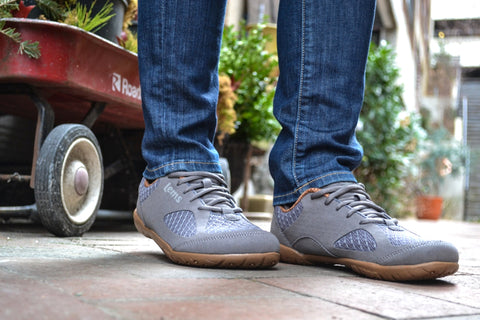 Many people are aware that a transition period is required when switching from conventional shoes to minimalist shoes (now sometimes referred to as “functional footwear”). In fact, this is one of the most common topics we hear about from patients and customers. Most people want to know the proper protocol for transitioning to men's or women's foot-healthy footwear—shoes, boots, or sandals that are widest at the ends of the toes,...
Read more
Many people are aware that a transition period is required when switching from conventional shoes to minimalist shoes (now sometimes referred to as “functional footwear”). In fact, this is one of the most common topics we hear about from patients and customers. Most people want to know the proper protocol for transitioning to men's or women's foot-healthy footwear—shoes, boots, or sandals that are widest at the ends of the toes,...
Read more















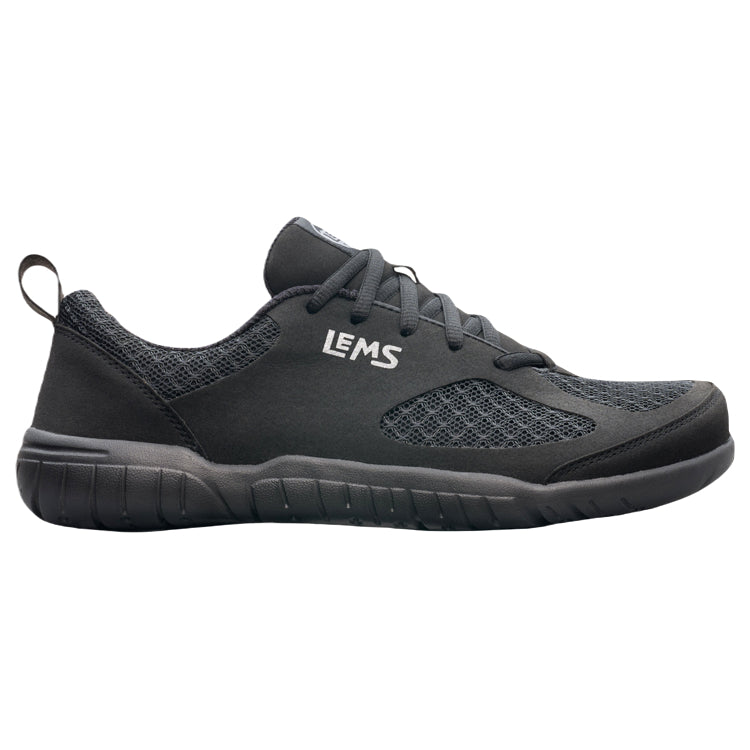
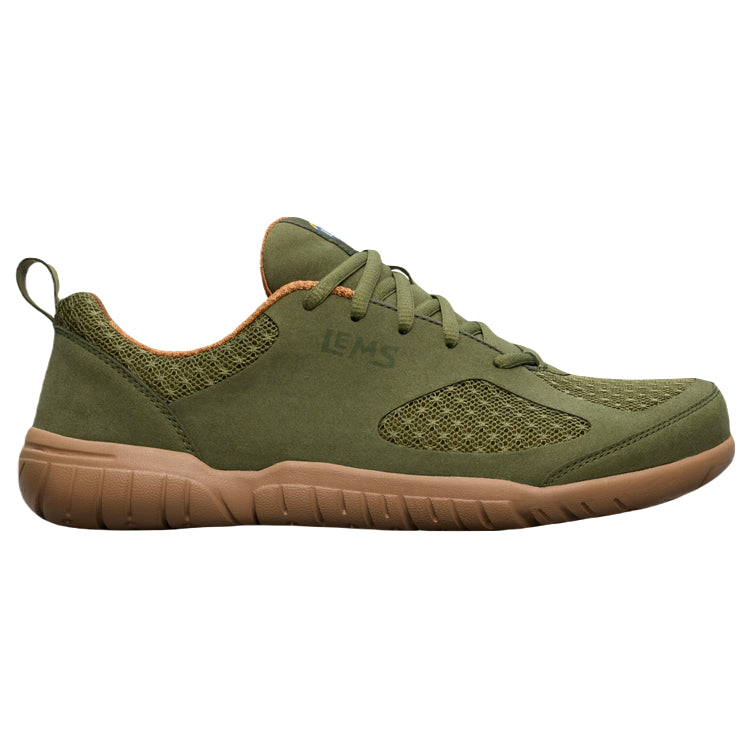
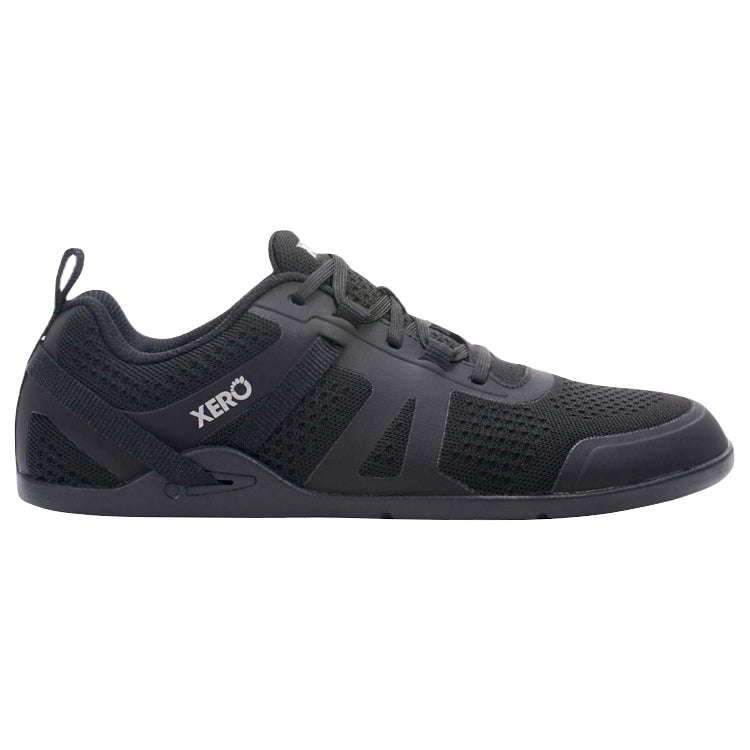
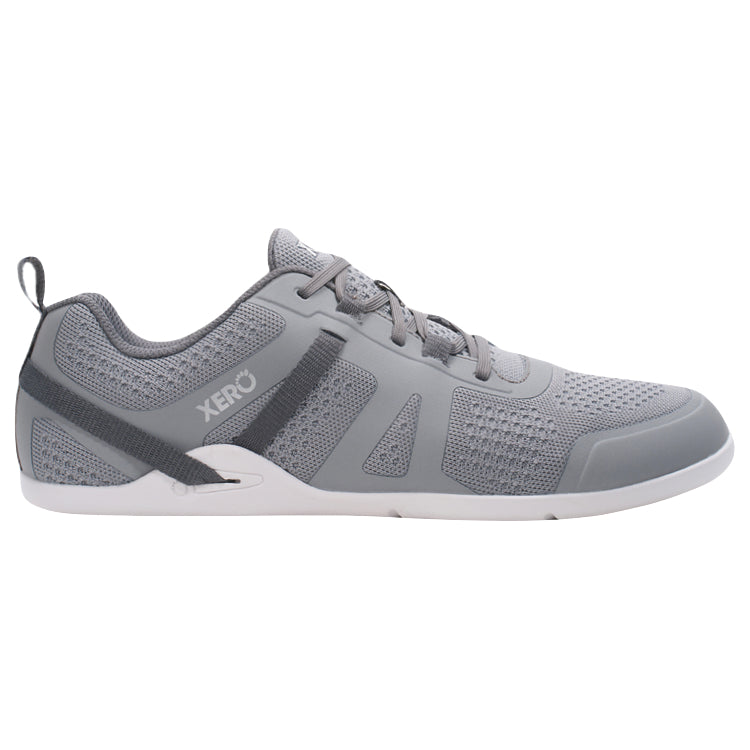
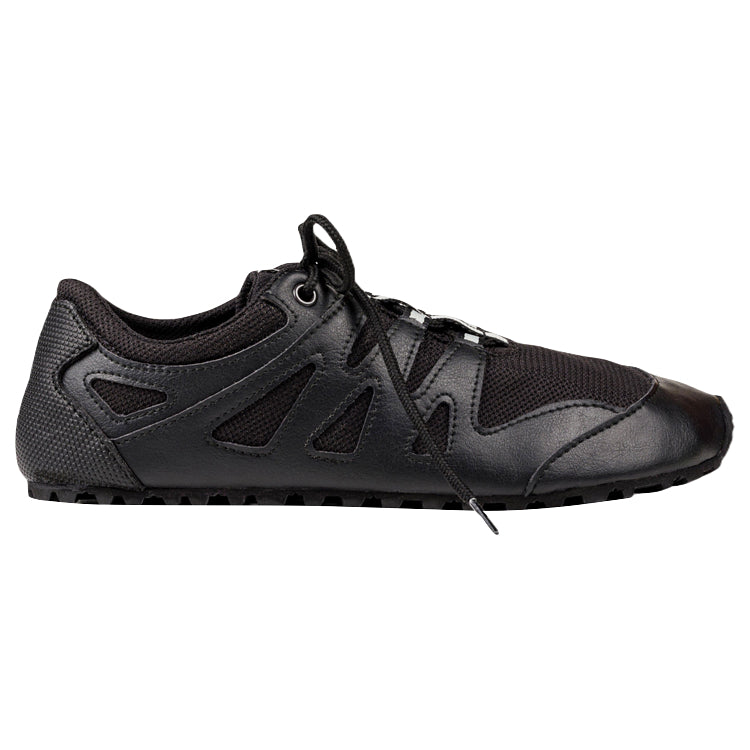
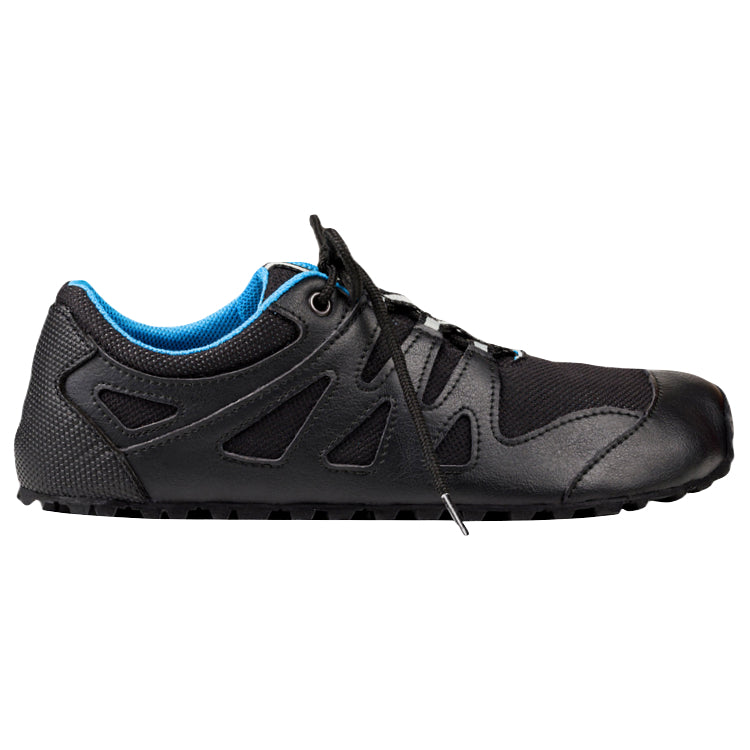
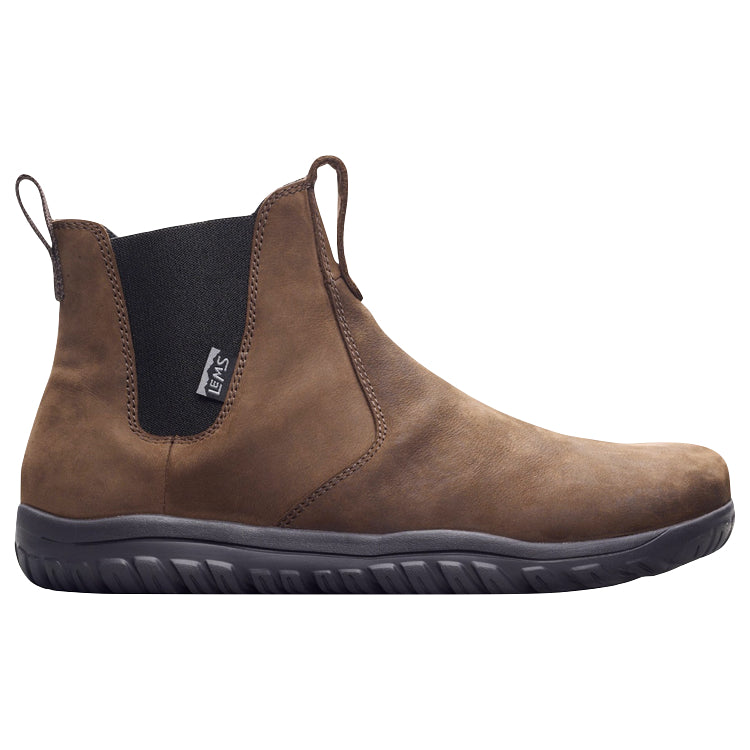
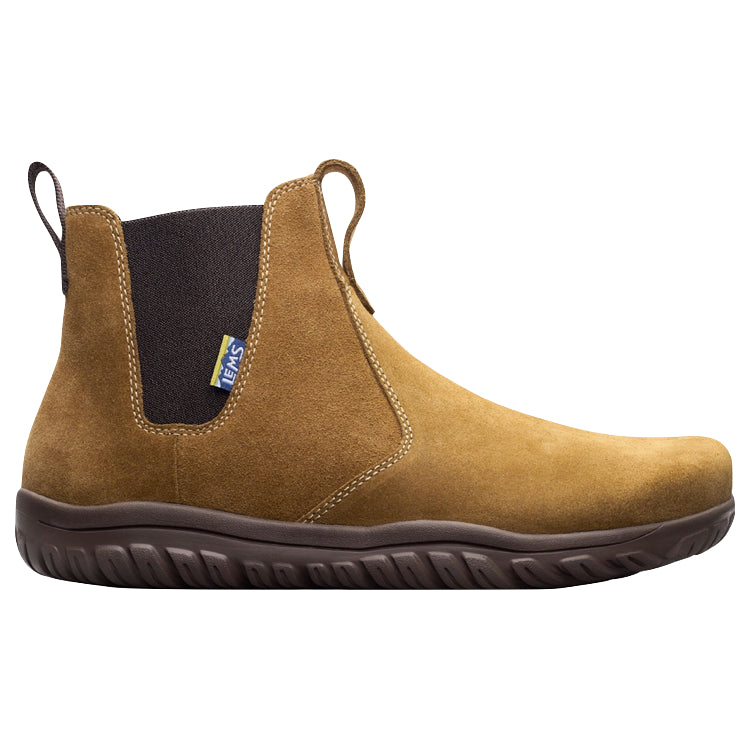
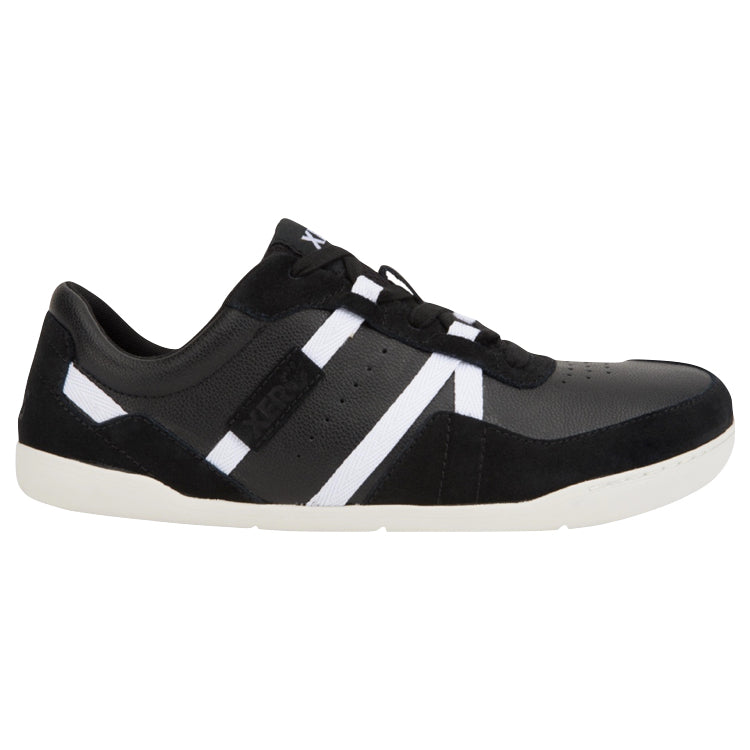
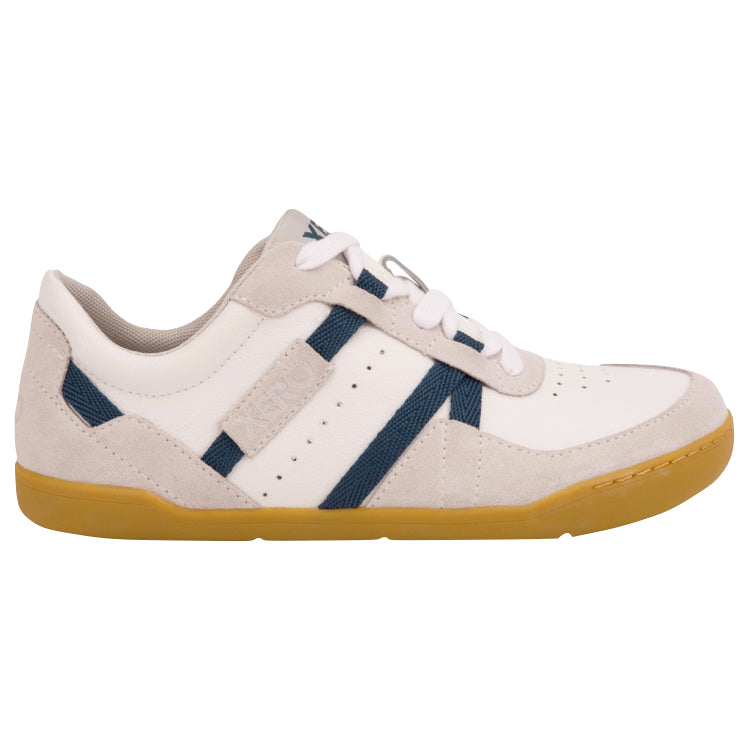
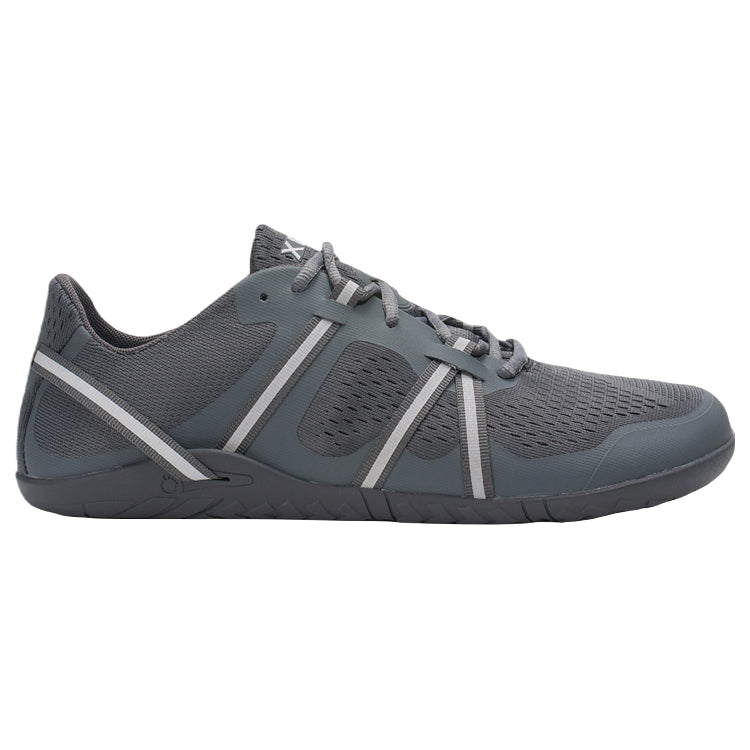
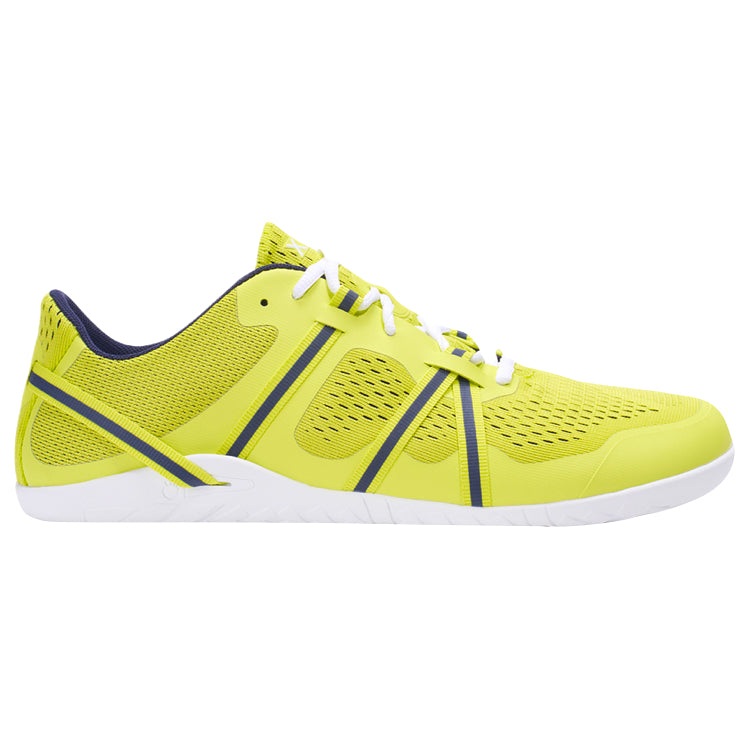

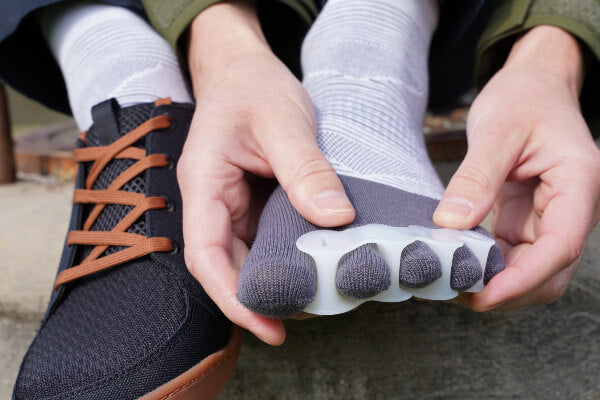
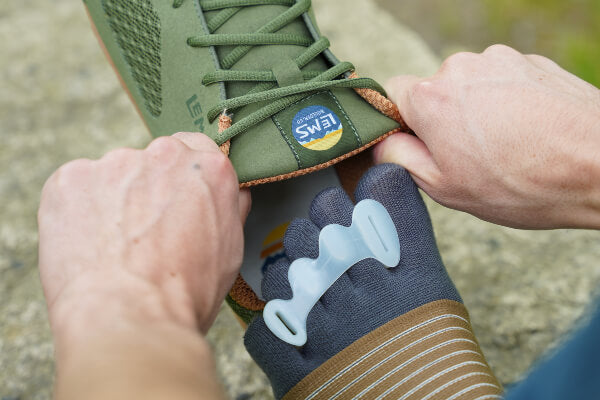
I don’t understand the point about the big toe. Wouldn’t the pinky toe be the bigger factor in preventing rolling your ankles? Even the link you put talks about the big toe and pronation, but the traditional ankle sprain is supination.
Hi, Mike,
Thank you for your comment. All the toes (including the big toe and the little toe) are important players in ankle sprain prevention. For most people, it’s the big toe that is most deviated from its natural alignment, and so restoring it to its true anatomical position can have a tremendous stabilizing effect on the entire foot/ankle complex. You’re absolutely correct that the little toe is important in preventing that most common inversion sprain at the ankle. I’ve updated that section of the post to give more credit to the little toe in preventing ankle rolling. Thanks again for your astute comment!
Kind regards,
Marty Hughes, DC